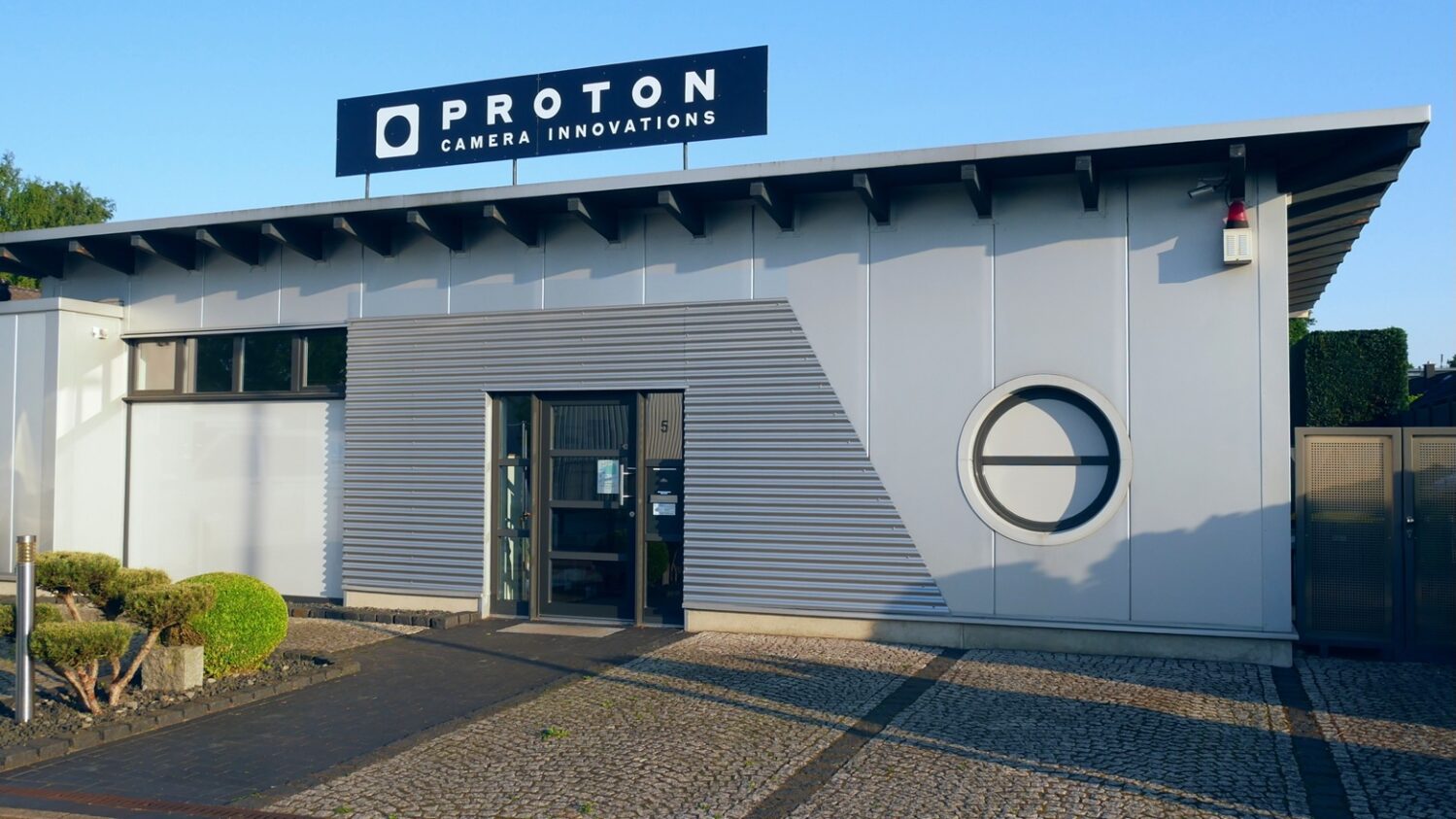Alongside its expanding range of miniaturised, high-performance, broadcast-grade cameras, Proton Camera Innovations will be using IBC2025 (Booth 11.A04) to announce a new operational expansion, which will see the company open a dedicated production facility to accommodate the rapidly expanding demand Proton have seen for their camera range over the past year. Complementing Proton’s existing manufacturing site, which will be retained for R&D and allow for more agile and flexible prototype development, the new purpose-built facility will house a new suite of high-speed precision machinery, which will not just accommodate a significantly higher throughput of orders, but will allow for tailored component modification across the company’s mini camera portfolio.
IBC2025 will also mark the European debut of the fully-finalised Proton Zoom and Proton HFR (High-Frame-Rate) models – both initially previewed in prototype form at NAB2025. The Proton Zoom is the company’s first model to incorporate optical zoom, delivering a 2.2x zoom range with viewing angles from 50° to 115°, and a wide F1.4 aperture for low-light excellence. Despite the inclusion of motorised optics, it retains a compact 50mm x 50mm x 68mm footprint, making it one of the smallest broadcast zoom cameras available.
Meanwhile, the Proton HFR brings ultra-slow motion capture to the line-up, combining a global shutter 2/3” sensor, 240fps output, and flexible architecture with Proton’s signature miniaturisation. Thanks to its multi-phase SDI output system, the Proton HFR enables seamless, server-assembled slow-motion workflows without interrupting live capture – a breakthrough for sports and fast-action coverage.
Both of these new additions exemplify Proton’s dual commitments to innovation and miniaturisation, and will be available to demo on site in their production-ready versions. They are joined on the booth by the core Proton camera range, with each model designed to meet specific production challenges whilst maintaining an exceptionally compact form factor.
At the heart of the range is the flagship Proton Cam – the smallest broadcast-quality camera on the market – delivering Full HD resolution, 12-bit processing, and low-light performance in a unit just 28mm wide. The Proton Flex offers the same imaging power with a flexible ribbon cable design that separates lens and body for installation in tight or dynamic environments. The rugged Proton Rain adds shock resistance and full weatherproofing to the mix, ideal for extreme sports and outdoor use. Across the range, users benefit from 12-bit image depth, interchangeable lens systems, and designs optimised for cinematic flexibility, broadcast durability and creative freedom.
The ongoing expansion to the Proton range reflects an increasing appetite among broadcast and cinematic users for cameras that can be adapted to their unique creative or technical environments – whether through alternative lens fittings, housing configurations, or interface modifications. The ability to meet this demand in-house with the new production facility not only accommodates higher order quantities and accelerates delivery times, but ensures Proton’s hallmark standards of build quality and integration are maintained across all custom requests.
As CEO Marko Höpken explains: “As demand for our cameras has surged, we’re seeing a shift in the market – not just towards smaller, higher-performance cameras, but towards systems that fit specific use cases. Our new facility allows us to meet the rapidly increasing demand for our core range, as well as offering small-scale tailored modifications for individual users, supporting our clients with rapid, precision customisation at scale.”
He continued: “This is the next stage in Proton’s growth – both in terms of turnover and product evolution: providing not only the smallest and most capable broadcast cameras on the market, but also the flexibility to adapt them to every production scenario.”





